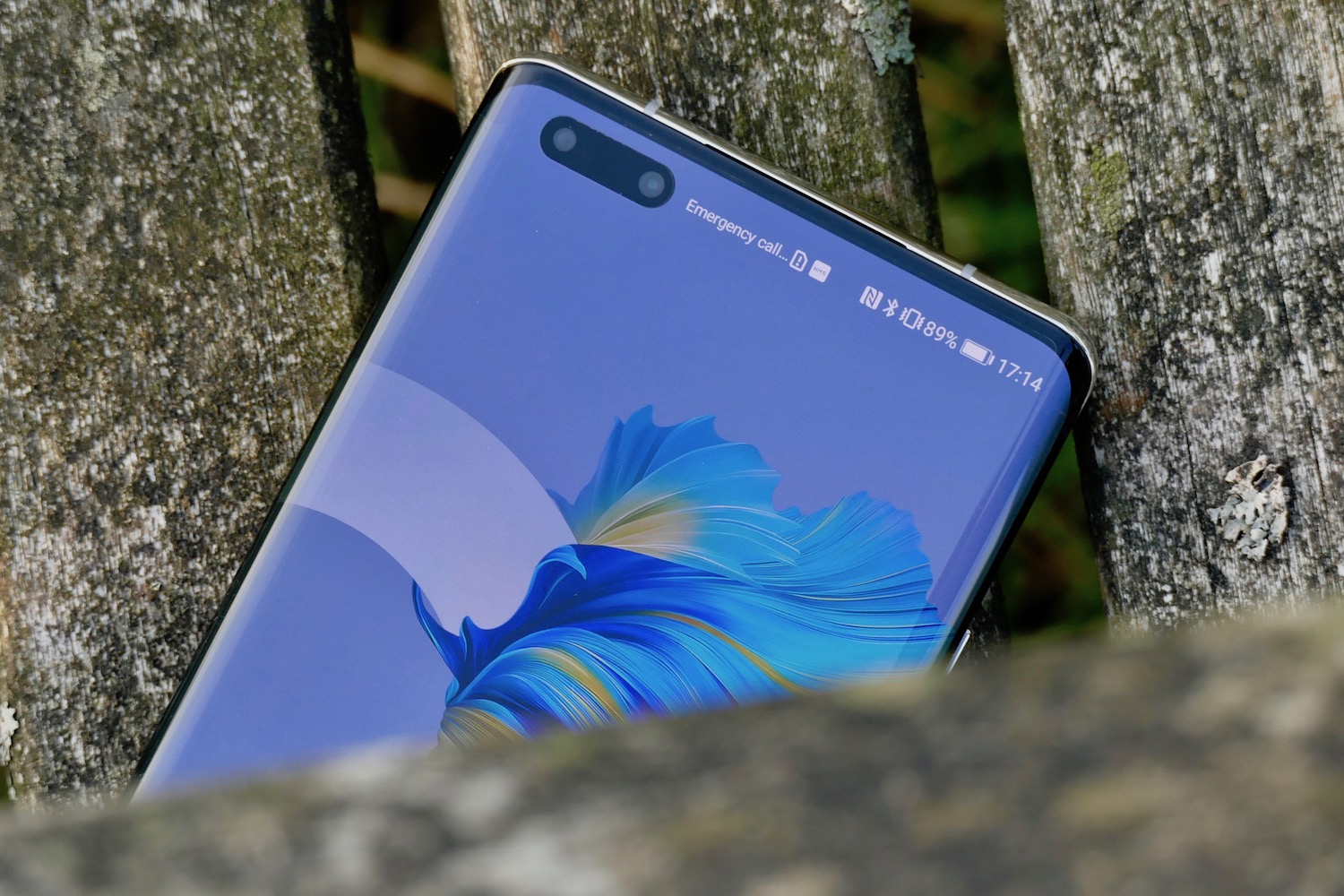2020 was a rough year all around, but it was actually a pretty great year for smartphones. The iPhone 12, for starters, represents a major design change for the iPhone — and one that most seem to love. 2020 also saw the release of a slew of new foldable devices, and a range of great affordable phones, like the Pixel 4a 5G and the Samsung Galaxy S20 FE.
But while 2020 was a solid year for smartphone development, phones can always get better — especially in a few key areas. There are a number of features we’re hoping will become standardized in 2021. Here are the ones that would have the biggest impact.
High refresh rate displays
2020 saw the release of a number of high refresh rate displays, and not just on flagship phones. Not only did more phones get 90Hz displays, but some started getting the even-better 120Hz displays, like the Samsung Galaxy S20 series, with some even pushing all the way to 144Hz.

This makes a huge difference in the viewing experience of a
A few manufacturers have adopted the tech with open arms. OnePlus, for example, offers a high refresh rate display on all of its current phones, while Samsung has been bringing it to most of its higher-end devices. The big holdout has been the iPhone. Even though the iPhone 12’s screen is great, a higher refresh would undoubtedly improve it further. Hopefully that will finally change in 2021, even if it is only to 90Hz, and not a 120.
Wireless charging
Most flagship phones now have wireless charging, but the tech should come to much lower-end devices. In fact, 2021 should be the year that all new devices offer wireless charging tech, including entry-level ones.

Wireless charging really is more convenient than wired charging, even though it’s not as fast. With wireless chargers, you can simply plop your phone down on a pad to charge. Easy. I have one at my desk, and one on my nightstand, and as a result the only time I plug my phone in is to use CarPlay.
The components to add wireless charging are incredibly cheap, and it has reached a level of ubiquity in the world that not having it in a phone is a letdown.
Reverse wireless charging
This one is a bit more of a reach, but it’s still a really handy feature that we’d at least like to see expanded. With reverse wireless charging, your phone becomes the charging pad. This can seriously come in handy to charge devices like smartwatches and headphones that support wireless charging. Those accessories have small batteries that can recharge quickly even with a low-output wireless charger, and being caught with a dead battery on the go is of course detrimental.
Now, if there’s one company that we don’t expect to adopt reverse wireless charging, it’s Apple. Unfortunately, the company has kind of shot itself in the foot by using a different wireless charging standard for the Apple Watch, meaning that reverse wireless charging wouldn’t necessarily be as big of a deal for those in Apple’s ecosystem. Extra points to Apple, however, for adding Apple Watch-compatible reverse wireless charging in the iPhone. We can dream, right?
Timely (and frequent) software updates
Some companies have this down: We’re looking at you, Apple and Google. But others, in 2020, still don’t offer timely software updates, and that’s a real bummer.

Really, most Android phone manufacturers that aren’t Google could do better than they do right now. We get it. It’s hard to make
In a perfect world, every
Get rid of those trash software keyboards
Here’s a message to phone manufacturers: Just because you make your own build of
Samsung and LG do a particularly bad job with their keyboards. Swiping isn’t particularly accurate, text correction and auto-complete are mind-bendingly bad, and the layouts are in places incomprehensible. All while the open-source

The main problem is that many people aren’t aware of the fact that they can change their
If you’re an
Autofocus on front-facing cameras
Rear-facing cameras have gotten a ton of great new features over the past few years, but the selfie cam has been left out a little. There are limitations in what can be done up there with a tiny sensor and lens, even more so when it’s in a screen hole punch, but our selfies shouldn’t have to be sub-par.

Perhaps the next big step for the front-facing camera is to standardize on having auto focus. Currently, the majority of front-facing cameras have a fixed focus point, which leads to a very deep depth-of-field — aka, everything is in focus, including your entire background. That makes sense, because it ensures that things are in focus no matter how far away you hold your device — but it also just looks bad, and takes the emphasis away from the photo’s subject. To step up the quality of front-facing cameras, selfie cams that can adjust their focus would be a big improvement.
Full adoption of the latest Bluetooth audio standards
Wireless audio is getting more and more acceptable, if not legitimately good — and that’s coming from the point of view of someone who considers themselves an audiophile. We would like to see phone makers (and frankly, headphone manufacturers) adopt the latest Bluetooth audio standards, including tech like AptX HD.
AptX HD essentially enables so-called “lossless” audio over Bluetooth, meaning that you can get CD-quality or better audio without having to be tethered to a wire. A number of phones have adopted the tech, but not all of them — and it’s notably missing from the iPhone, despite Apple’s control over the platform. And of course, then we need to get the
While we doubt that this will change across the entire industry, as the majority of people seem content to keep listening even with the current level of Bluetooth audio quality, it would certainly be nice if it did.


